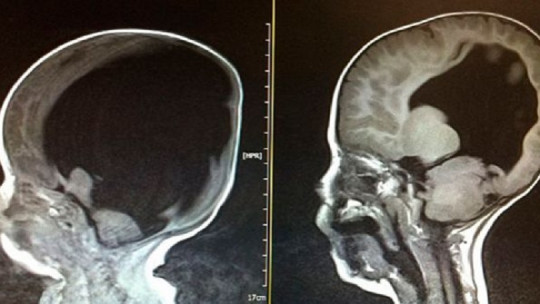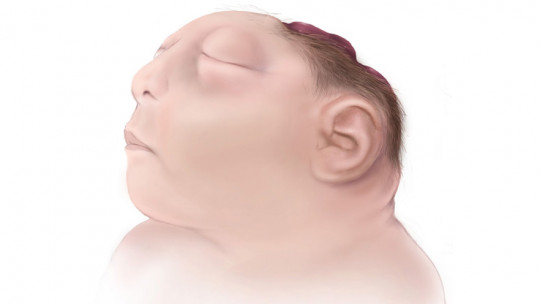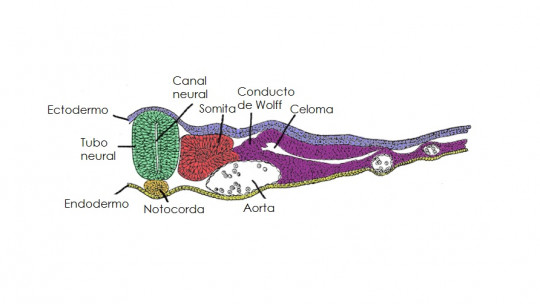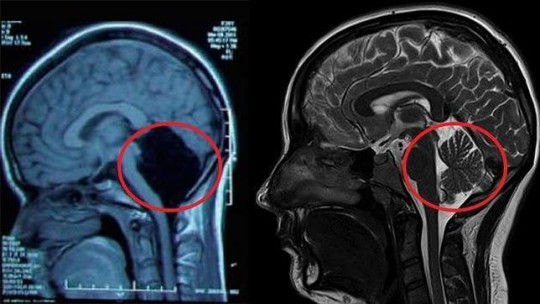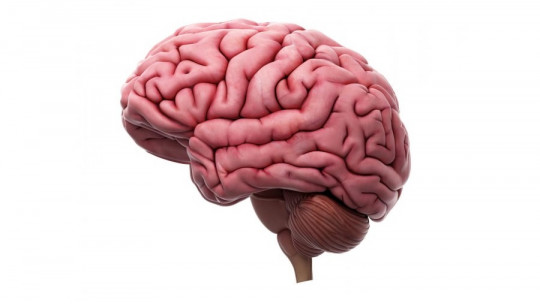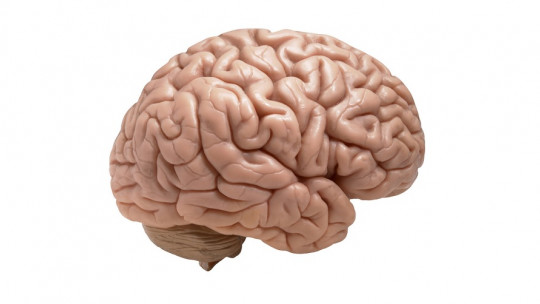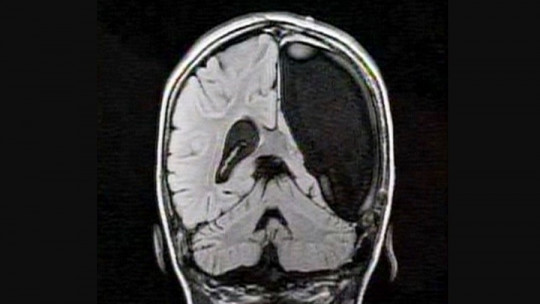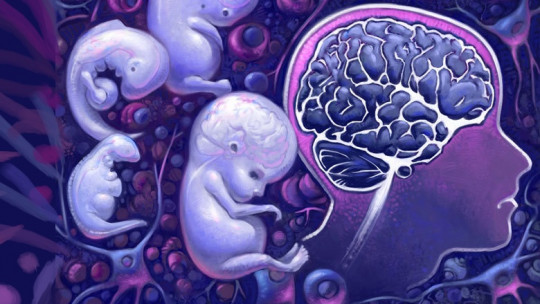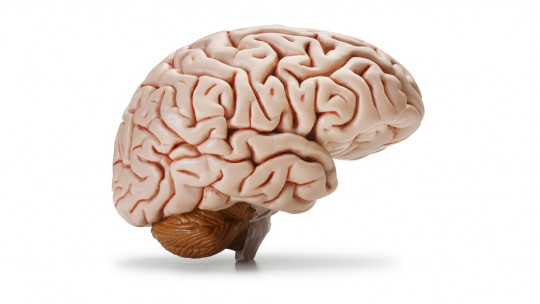Once again, reality surpasses fiction. When Rob, 50, and Shelly, 44, were told the news that their 12-week-old son would be born with a tremendous physical disability, doctors advised them to prepare for the worst.
Noah, as the couple’s baby is called, was born practically without a brain. From the first x-rays, an anomaly of fetal development was detected due to a dysfunction between spina bifida and hydrocephalus. The result: the combination of these medical complications They had left him with only 2% brain function
The unusual thing is that despite this very important deficit, Noah has continued to grow and learn, a fact that has led to his being known as a case of “brainless child” whose physical and intellectual development progresses in an astonishing way.
What is spina bifida and hydrocephalus?
Hydrocephalus is another symptom of poor brain formation, which directly depends on spina bifida. This is excess cerebrospinal fluid within the skull. Literally, hydrocephalus means “water on the brain.” In Noah’s case, the pressure exerted by this substance can cause the brain to not form properly as it has much less space to develop.
On the other hand, spina bifida is a genetic degeneration that affects the malformation of the spinal cord, the brain or even the meninges (the protective layer that covers the brain). Is a neural tube defect very common in babies especially in Western countries, where some couples agree to conceive children at an advanced age.
As incredible as it may seem and despite the great advance and exponential development of science and research, medical experts The exact causes of spina bifida remain undetermined In other words, it’s quite a mystery.
Exhaustive studies and research have been carried out to solve the problem, but no one knows what causes the complete closure of the neural tube to be interrupted, causing the malformations already mentioned. Only a few scientists have pointed out some environmental, nutritional or even genetic factors to give a solid approximation. The mother’s diet during pregnancy, the environmental environment or genetic inheritance can play a crucial role in the malformation of the baby’s brain.
Why is Noah extraordinary?
“We started organizing and preparing the funeral while I was pregnant,” says the mother. The doctors gave her not months or years, but days to live directly after her birth, and on several occasions they recommended an abortion.
Tests and x-rays showed that There was excess fluid in Noah’s skull , above the amount of normal gray matter. To be a little more graphic, the size of the baby’s skull was no larger than that of a grapefruit.
However, the parents continued and believed in their son. Although the doctors did not give him more than three weeks to live, Noah is on his way to turning 5 years old going from a brain capacity of 2 to 70 percent.
Not only is he able to walk, start talking or play , but also his development follows a more than favorable course, destined to become another child within humanity. To this day, Noah’s case remains a miracle and is the subject of study by health professionals, university theses and other research.
Other cases like Noah’s
Although it is an unusual event, Noah is not the only notable case. Michelle Mack, around 40 years old, was born with half a brain The most curious thing is that her anomaly was not detected until she was 27, having led a very normal life and being a university graduate.
More surreal and incredible is another case detected in the United Kingdom. An anonymous student at the University of Sheffield went to the doctor with a severe headache. The doctor observed that his head was a little above normal size for his age. He decided to investigate further and took an x-ray. The result was surprising: he had so much fluid in his head that it had practically erased his entire brain. But here comes the most extraordinary thing. The student in question He is a gifted person, with an IQ around 140 and graduated in Mathematics with honors.
How is the case of the brainless child explained?
Of course, statistics say that mortality among people with abnormally underdeveloped brains is much higher than average, and babies born with these kinds of serious neurodevelopmental problems usually die before reaching adolescence. So… how do you explain Noah’s case? How could he survive with hardly any brain? The answer is something known as brain plasticity
This phenomenon consists of our brain’s ability to physically adapt to situations, developing in a way that allows us to survive. Here the key is not so much in the number of neurons, but in how they are organized among themselves. Thus, plasticity can be understood as a kind of computer program that learns in real time to face totally new problems for which it has not technically been programmed (in this case, a combination of diseases). You sound familiar? It is the same principle as intelligence, but on a neurological level.
Thus, Noah’s case is one more example of the extent to which the human body is capable of using its resources to stay afloat, even when the available means are less than expected, and how it “builds” a healthy organism through from there.

